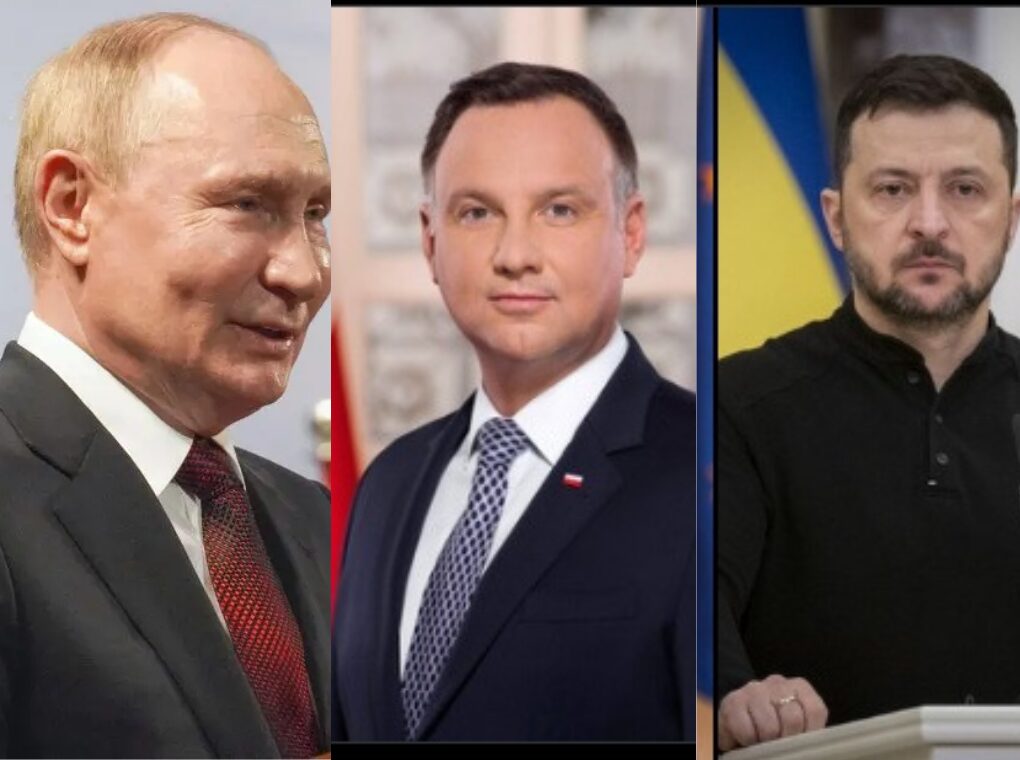In modern warfare, sometimes the cheapest tricks yield the biggest results. That’s exactly what Russia demonstrated in early September 2025, when a swarm of nineteen cheap drones—many little more than plywood decoys—crossed into Poland and Romania.
The drones caused no real damage. Some didn’t even carry explosives. Yet they triggered NATO alarms, led to expensive interceptions, and fueled political tensions across Europe. Most importantly, they exposed growing cracks between Ukraine and its Western backers.
The Drone Incidents
During one of Russia’s largest aerial assaults on Ukraine—810 drones launched in two days—at least nineteen strayed into NATO airspace. Poland responded forcefully, scrambling fighter jets and firing AIM-9 Sidewinder missiles, each costing nearly $400,000, to bring down just four drones.
Investigators later found that most of the drones were not Shahed-136 combat models but rather lightweight decoys, some made of plywood, costing as little as $10,000 each. In Romania, debris from another drone sparked local panic.
Russia brushed it off as an accidental overshoot. But NATO and Ukrainian intelligence suspect deliberate psychological warfare.
NATO’s Article 4 Alarm
Poland treated the incursions as a major threat, invoking Article 4 of NATO, which allows urgent consultations when a member feels endangered. Within days, NATO boosted deployments to the eastern flank: more F-35 patrols, radars, and drone detection systems.
The disparity was stark. Russia spent perhaps $200,000 on dummy drones, while NATO responded with assets worth millions. Moscow’s aim wasn’t destruction—it was to create hysteria and force Europe into costly decisions.
Zelenskyy’s Outburst
For Ukraine, however, the fallout was even more troubling. President Volodymyr Zelenskyy expressed open frustration in a Sky News interview.
“Russia attacked us with 810 drones, and we shot down 700. Poland had 19—they downed 4. They are not ready for a massive attack,” he said, pointedly questioning Poland’s capability.
Zelenskyy even offered to help defend Poland, adding:
“If they want help, we will support them. We are partners.”
Beneath the sarcasm lay real anxiety. Zelenskyy fears that the EU’s new SAFE Plan—a €150 billion defense loan scheme—is being diverted. Originally meant to support both Ukraine and Europe, the recent panic has shifted priorities.
Before the incidents, about 60% of funds went to Ukraine. Since September, a growing share has been directed to NATO states like Poland and Romania for their own security.
Aid Diversion and Strategic Success
This is precisely the outcome Russia may have wanted. By creating the impression that NATO countries themselves are vulnerable, Moscow has pushed European governments to stockpile air defenses and ammunition for their own use—rather than shipping them to Kyiv.
For Zelenskyy, the situation is dire. Ukraine is still in a hot war, yet EU partners not directly under fire are receiving more systems and funding. On live TV, he accused Russia of trying to “sow doubt” about supporting Ukraine, and warned that Europe was playing into Putin’s strategy.
Cheap Drones, Costly Politics
The brilliance of the tactic lies in cost asymmetry.
Russia’s expense: ~$10,000 per drone.
Poland’s response: $400,000 missiles, scrambling of advanced jets, and NATO-wide mobilization.
The drones may have been dummies, but their effect was real: Article 4 drama, aid diversion, and visible cracks between allies.
Nineteen cheap drones achieved what months of battlefield attrition could not: they unsettled NATO, shifted EU priorities, and left Ukraine’s president publicly lashing out at his allies.
Whether this proves to be a lasting strategic victory for Russia is unclear. NATO has since increased defense spending and vowed continued support for Ukraine. But for now, Putin has reminded Europe that in modern war, perception can be as powerful as firepower—and that even plywood drones can bend billion-dollar strategies.
